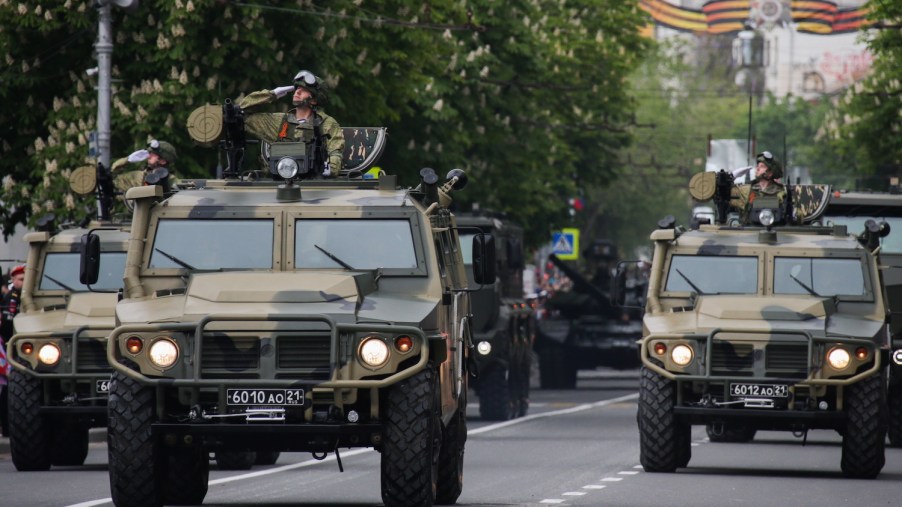
The Russian Army Is Cummins Powered
A familiar American engine lives beneath the hood of Russia’s Humvee equivalent. The Cummins company has shipped diesel powerplants worldwide for use in military vehicles, including to Russia. Cummins also established a joint-venture with the Russian government in 2006, licensing government-owned KAMAZ to build Cummins engines abroad.
Does the military use Cummins engines?
The 5.9-liter 6BT earned widespread fame for its use in the Ram truck. Cummins leveraged this bulletproof reputation into an array of military contracts. According to Cummins, its “engines are in more tracked combat vehicles today than any other brand.”
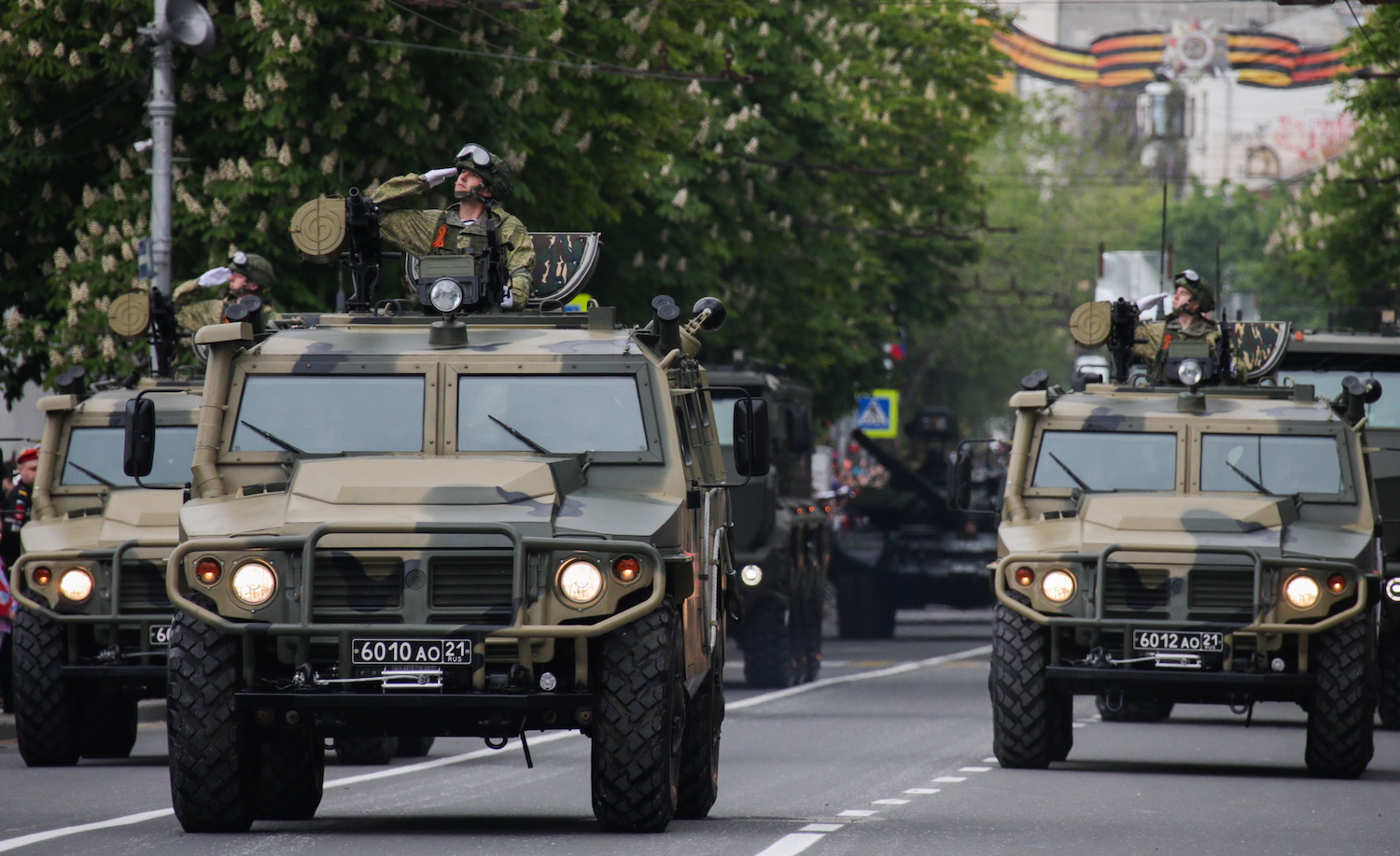
In 2021, the U.S. Army chose Cummins for its $87 million contract to develop an all-new Advanced Combat Engine (ACE).
The company also advertises its older inline-six Cummins turbodiesel as a “dependable engine for defense applications.” This time-tested durability won Cummins the attention of the Russian military.
Russia engineered its Hummer-equivalent around the Cummins 6BT
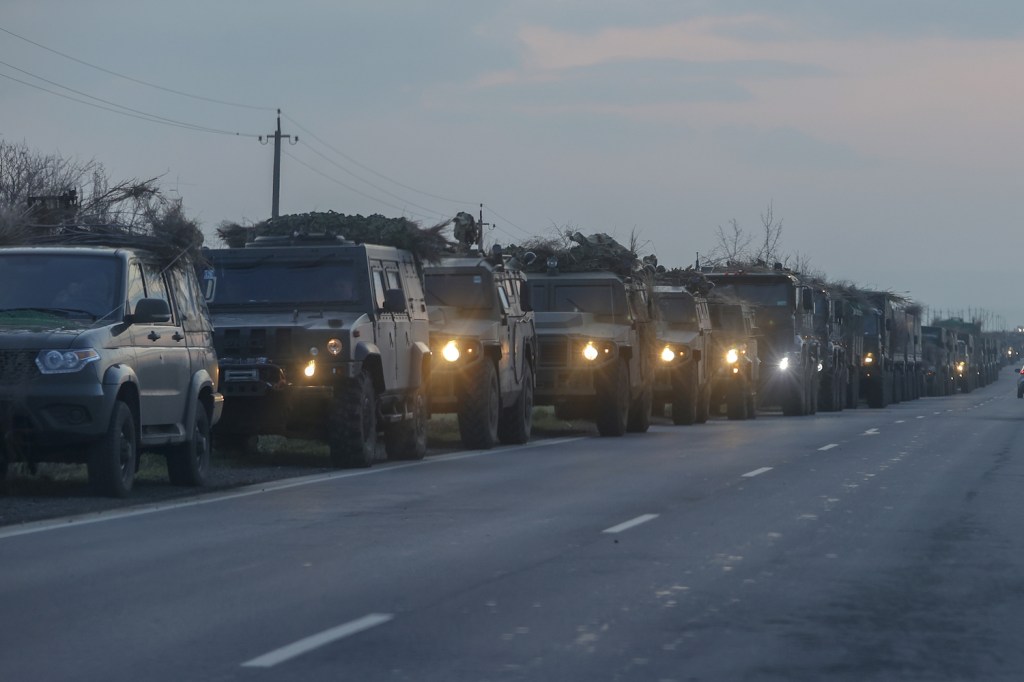
Russia’s latest generation of light, armored troop transport is a unique vehicle. The Gorkovsky Avtomobilny Zavod (GAZ) “Tigr” is a bit larger than the American Humvee, but every bit as capable. And most of them are Cummins powered.
The van-like Tigr is 19 feet long and 7.9 feet tall; it can transport up to 11 soldiers and a rooftop gunner. It weighs over 15,000 pounds, yet it is a capable 4×4 with locking differentials that can reach speeds of 87 mph.
The Tigr has advanced technology where it counts: thick armor, independent rear suspension, even anti-sway bars. But when it comes to drivetrain, GAZ opted for proven dependability. The company designed the Tigr around the Cummins 6BT engine.
GAZ began building the Cummins-powered Tigr in 2004 and Russia pressed the vehicle into service in 2006. Cummins-equipped Tigrs either have a Russian-built manual transmission or an American automatic from Allison or Chrysler.
GAZ put a Cummins in every Tigr until redesigning the vehicle in 2016 and opting for a Russian-built engine. It stands to reason that many Tigr vehicles the Russian army is using in its invasion of Ukraine are pre-2017, Cummins-powered models.
Cummins and the Russian government have an engine-building joint venture
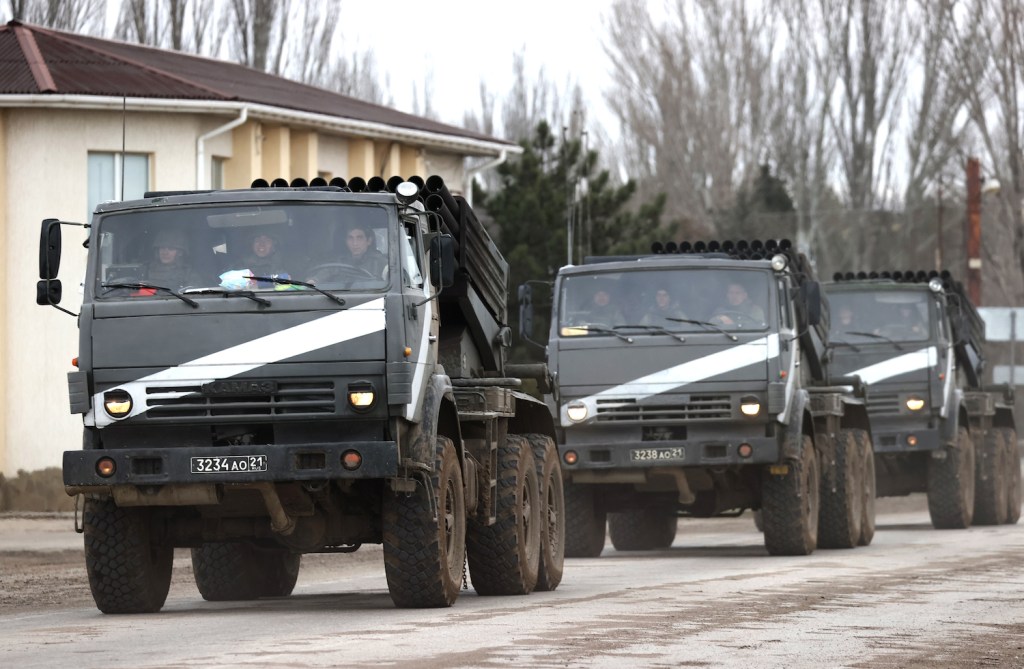
Back in 2006, Cummins also set up a joint-venture with Russian government-owned KAMAZ. This new enterprise is named Cummins-Kama.
The Cummins-Kama powerplants include two Cummins B series engines. The first is the 4.5-liter which makes up to 185 horsepower. The second is the 6.7-liter familiar to modern Ram truck owners. It is the evolution of the 5.9-liter 6BT. The Russian version makes up to 300 horsepower. The Cummins-Kama engines are all built in Russia.
KAMAZ builds trucks for both Russian civilians and the military. Cummins claims that only KAMAZ 4×4 trucks are available with Cummins-Kama diesels and that the Russian army is only using 6×6 and 8×8 KAMAZ trucks in the invasion of Ukraine. Cummins adds that it allows the Russian government to build Cummins engines under license but “prohibits” the Russian government from using these engines for military or defense.
Cummins is continuing business in Russia
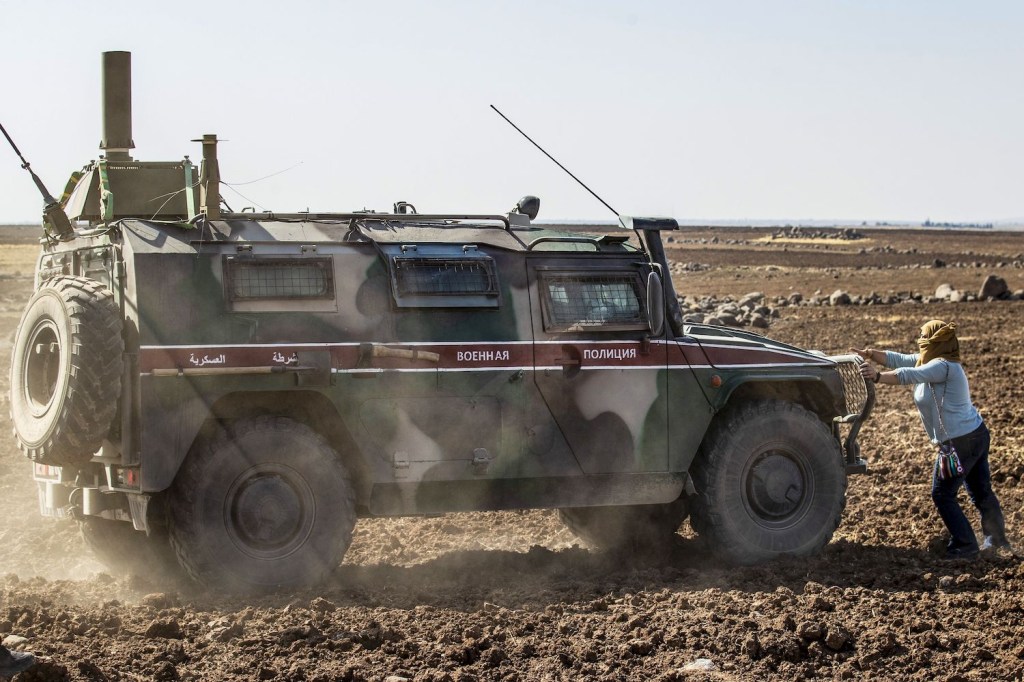
Cummins won its Russian military contracts by building a superior diesel engine. It only agreed to supply Russian manufacturers while Russia was not engaged in any foreign invasions. But this doesn’t change the fact that Cummins profited from Russia’s pre-Ukraine militarization.
In response to this article, a Cummins company representative told The Republic that the company is still shipping some engines to Russia but has stopped shipping its 400+ horsepower engines to Russia so they “can’t be used improperly.”
This is an odd claim for two reasons: First, it does not address engines built in Russia under license from Cummins. And second, none of the Russian-built Cummins-Kama engines or the Cummins in the GAZ Tigr make 400 horsepower anyway.
The Cummins rep added that it will continue business with non-military sectors of Russia. This after American companies such as Starbucks, McDonald’s, and Pepsi shuttered their doors in Russia–no matter the cost.
What’s a good next move for Cummins?
If it chose, Cummins could take additional steps to decisively support democracy and freedom. Firstly, it could enact harsher sanctions and halt all business out of its Moscow office. John Deere’s recent actions would serve as an excellent model.
Secondly, Cummins could admit it profited from Russian militarization and do something to give back. Many Russian trucks with Cummins engines also use an automatic transmission built by Chrysler Corporation. Chrysler’s parent company, Stellantis, just donated 1 million Euros to Ukrainian refugees and civilians.
Writer’s Note: A previous version of this article made no distinction between KAMAZ’s Cummins-powered 4×4 trucks and its non-Cummins 6x6s and 8x8s. But after speaking with a Cummins rep, we clarified the models.
Learn more about the trucks the Russian Army drives.



